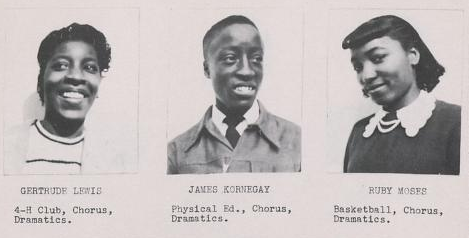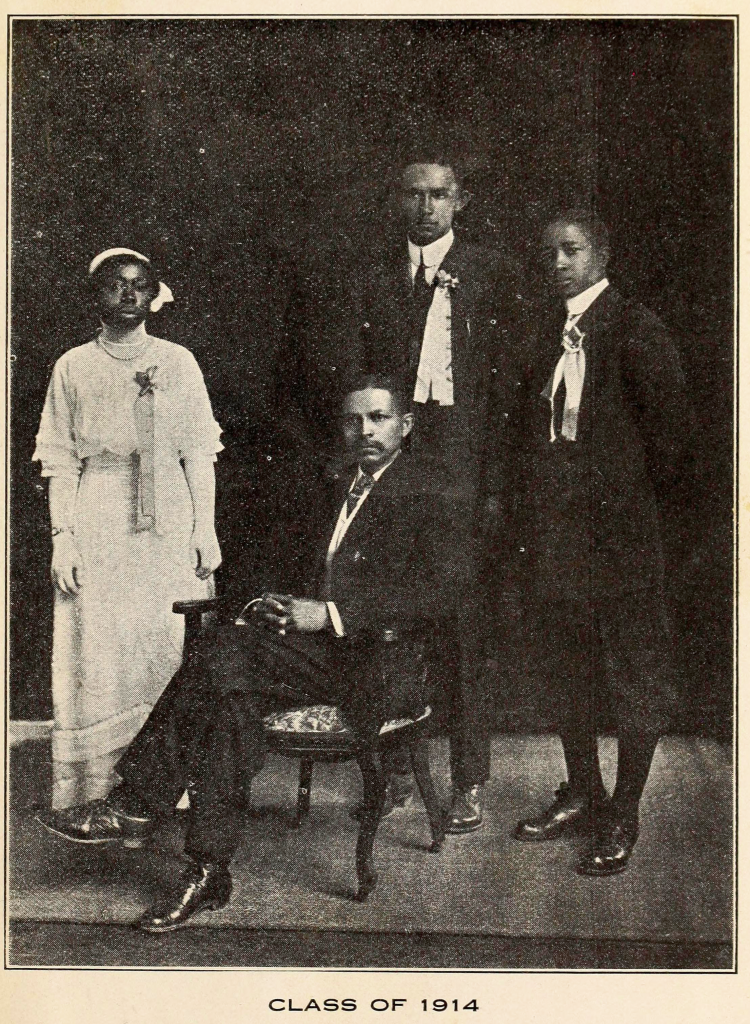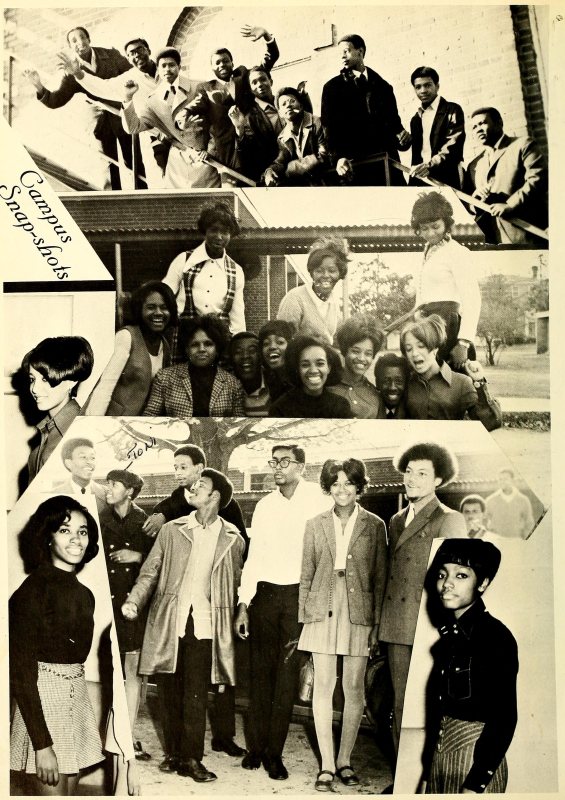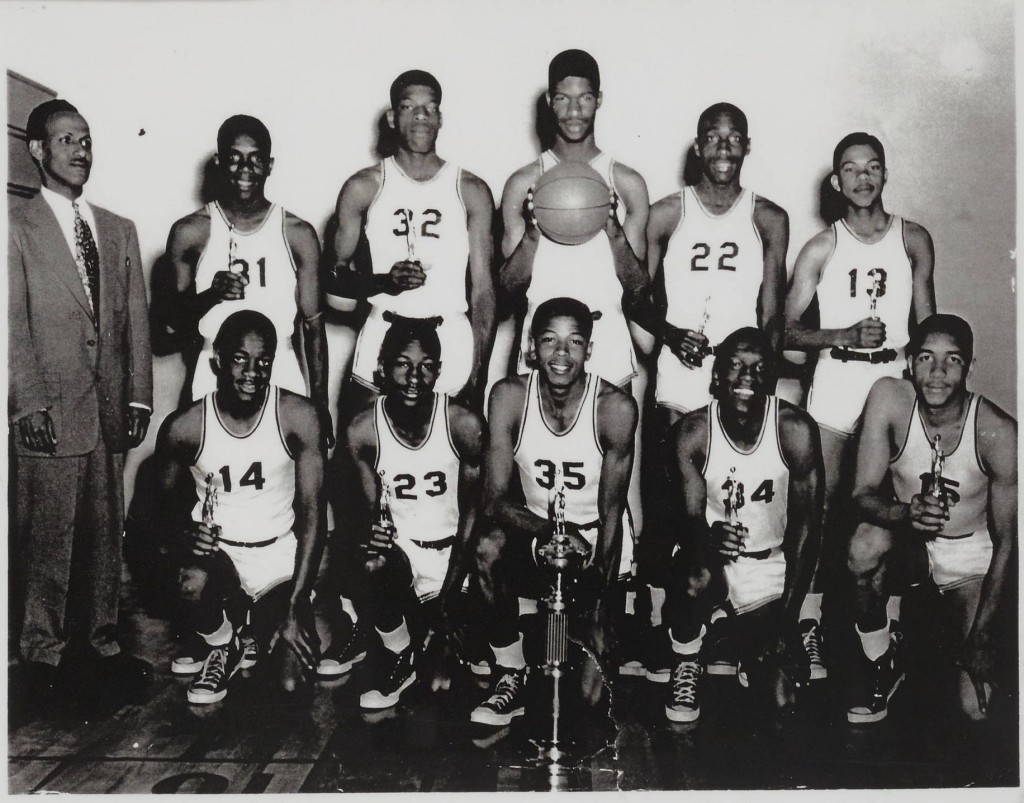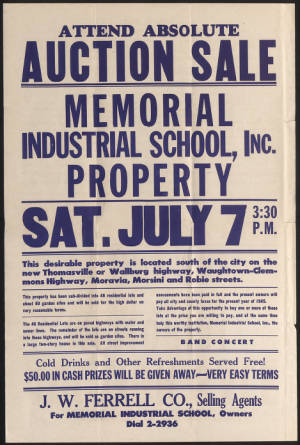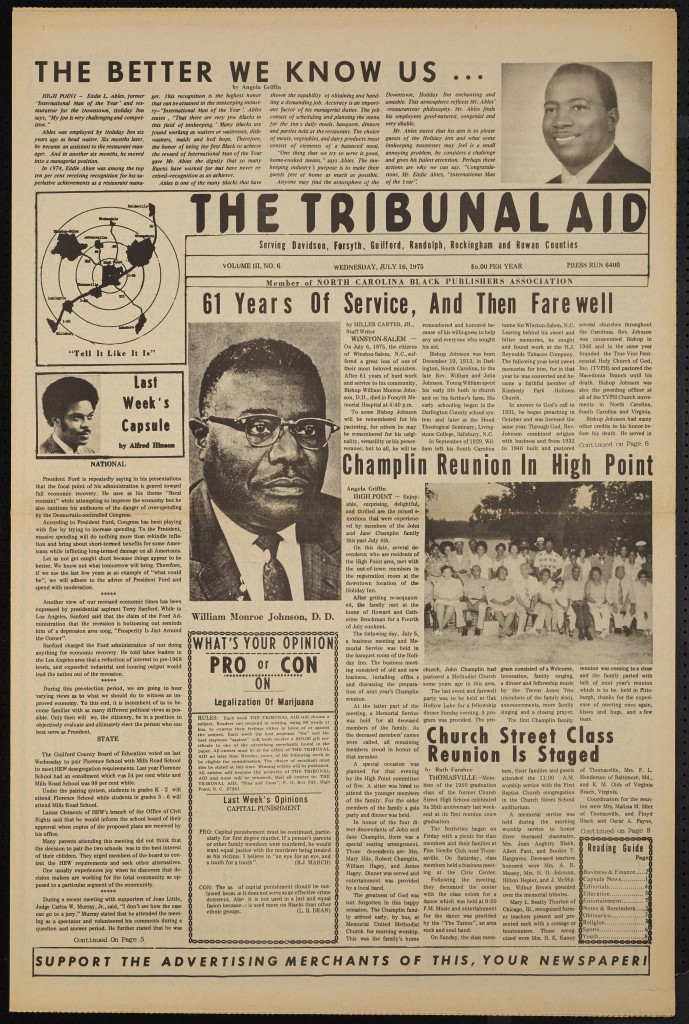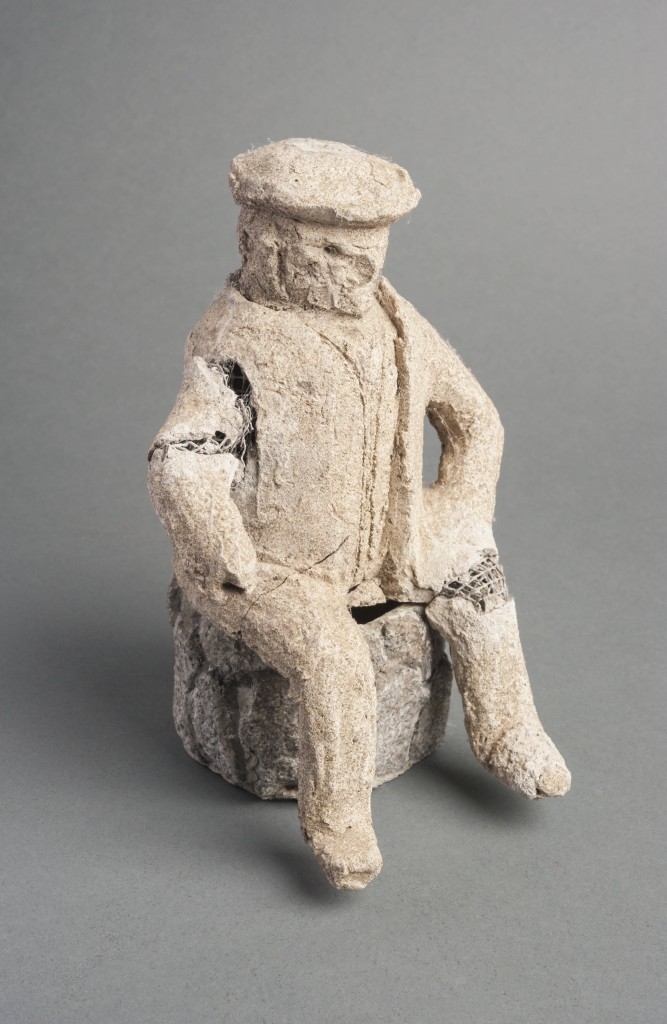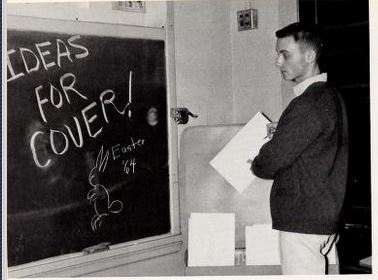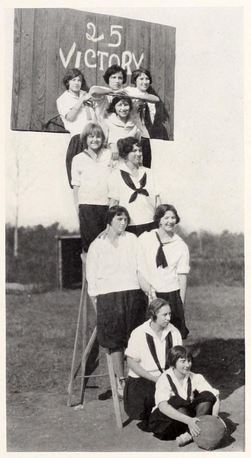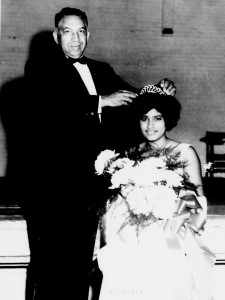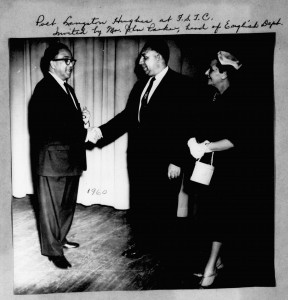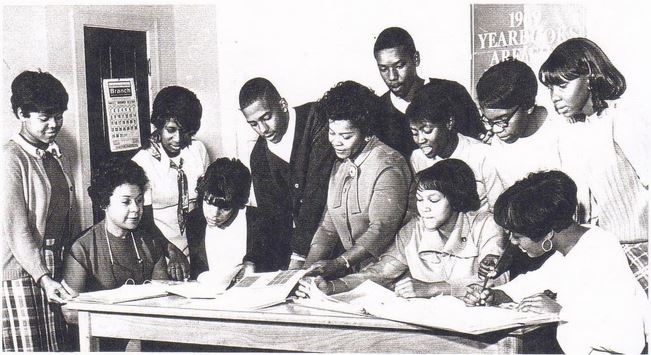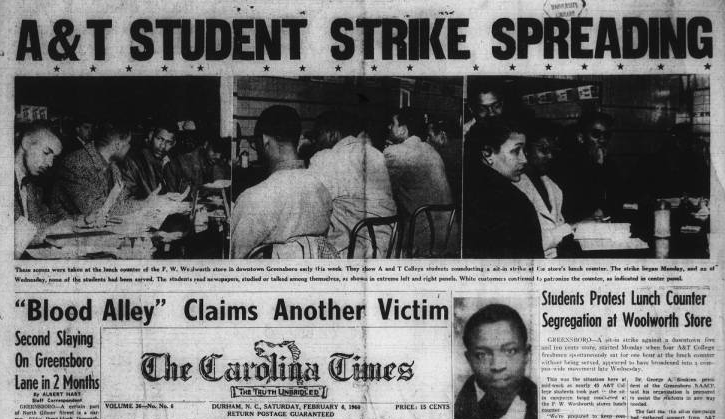Recently, the Wayne County Public Library contributed a 1950 yearbook from Goldsboro’s Central High School. We’re always excited to see yearbooks from African American schools digitized and added to the Yearbooks collection; there seem to be fewer of these pre-integration yearbooks in existence and yet they represent such valuable information for those researching family members from that time period. This is one of only three yearbooks on our site to date from Central High School.
We now have over 150 African American high school yearbooks contributed by institutions across the state and shared on DigitalNC. The earliest of these is “The Planet,” published in 1915 by West Street Graded School in New Bern, NC and contributed by the New Bern-Craven County Public Library. “The Planet” differs from a yearbook as we might think of it today. We’ve found that schools of the early 20th century often published documents that included pictures of faculty and students, but that these also often served as the school course catalog or even the newspaper.
The latest African American High School yearbooks on our site come from 1970. “The Panther,” 1970, from Henderson Institute, was the last published by the school before integration.
We’re always happy to assist cultural heritage institutions who may have yearbooks they’d like to share online. If you have questions about our yearbook digitization project, take a look at our partners page.
